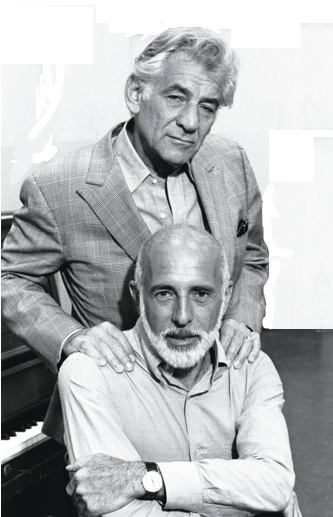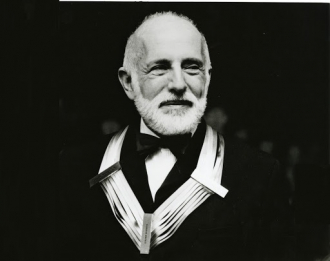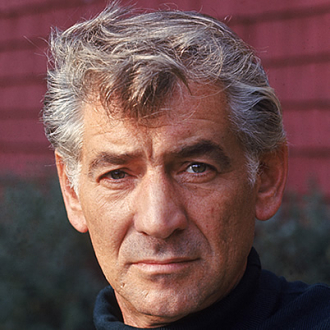Bernstein and Robbins.
West Side Story partners.
Date & Place:
Not specified or unknown.


 Amanda S. Stevenson
Amanda S. Stevenson 



